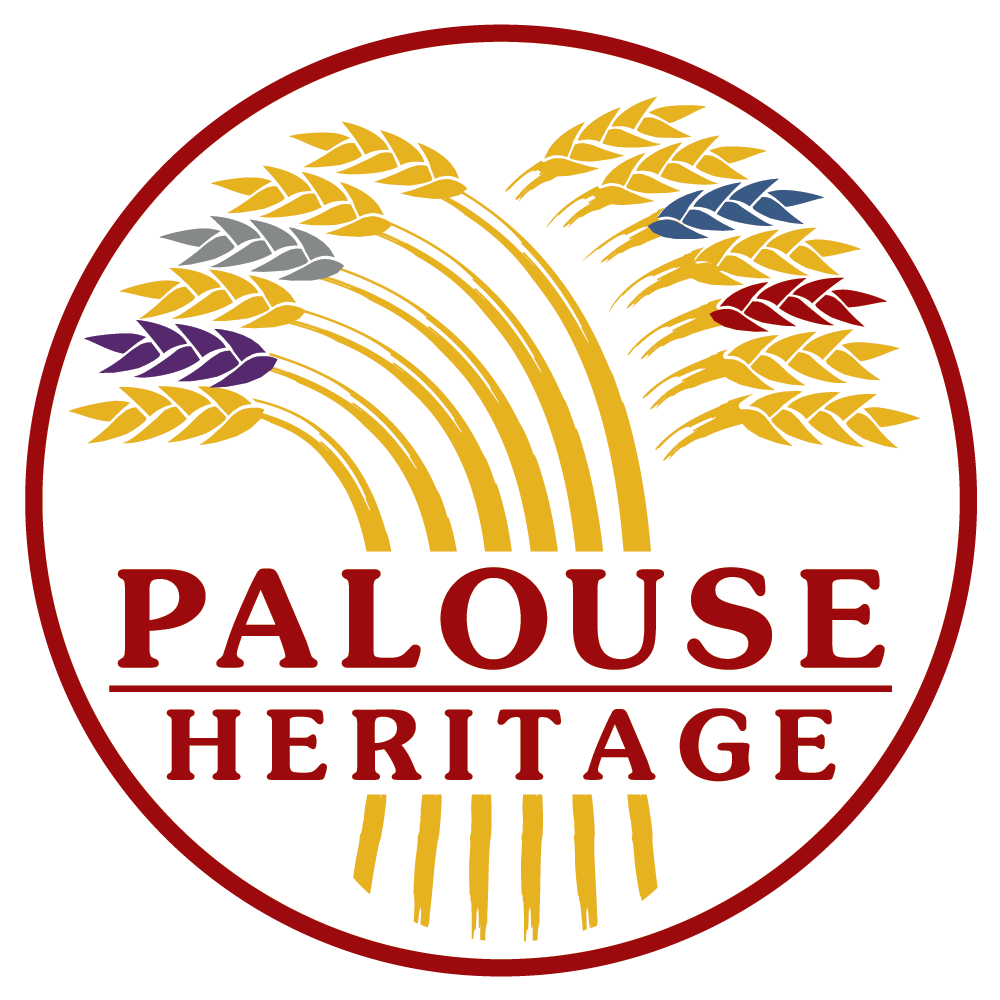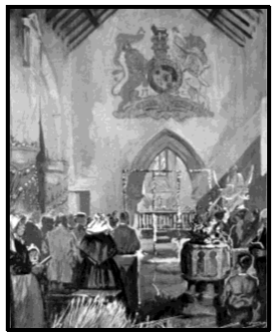Jacob Ruisdael (1629-1682) was born to a prominent Haarlem artist family and became the preeminent landscapist of the Dutch Golden Age. His sweeping canvases included numerous coastal and Scandinavian mountain scenes, and twenty-seven views of grain fields also survive as paintings and drawings. In works like Wheat Fields (c. 1670), Ruisdael’s composition features a low horizon crowned with characteristic sweeping sky. In the foreground a traveler approaches a woman and child along a road leading between fields of ripened grain as if the awesome forces of nature dwarf humanity’s presence and manifest the inherent spirituality of creation. The paintings of influential French artists Nicolas Poussin (1594-1665) and Claude Lorrain (c. 1600-1665) also significantly contributed to recognition of landscapes as aesthetically and morally serious subjects even if referencing scenes from classical antiquity and the Bible. Poussin’s allegorical Summer (1660) shows a harvest scene with Ruth and Boaz instead of Ceres. The work of Ruisdael, Poussin, and Lorrain became well known in their lifetimes and would significantly influence the painting of the English Romantics, French Barbizon school, and American Hudson River artists.
Jacob Ruisdael, Wheat Fields (c. 1670)
Oil on canvas, 38 ⅜ x 51 ¼ inches
Metropolitan Art Museum, New York; Wikimedia Commons
Flemish painter David Teniers became one the foremost masters of the country scenes and clothed his field workers in the subtle earth tones favored by Brueghel and later artists like Millet. His canvases imparted the humanity of rural life with individuals even in worker groups and crowds painted with distinguishable characteristics. Teniers’ art became so synonymous with peasant genre that for the next century and beyond the name Teniers was a pseudonym for rustic views. The prolific painter married into the Brueghel family in 1637 when he wed Anna Brueghel, daughter of Jan Brueghel the Elder. (Peter Paul Rubens, her legal guardian following the death of Anna’s father, served as witness at the wedding.) In the 1660s Teniers acquired a rural retreat, Drij Toren (Three Towers), at Perk in the Flanders countryside and often used the area as a backdrop for more Arcadian idylls, likely inspired by the bucolic writings of Virgil and Horace. Among his most notable of his many summer paintings are The Reaping (c. 1644), Peasant Kermis (c. 1665), and stately View of Drij Toren at Perk, with David Teniers’ Family (c. 1660), which shows a brigade of peasants harvesting grain beyond the family’s graceful pose.
Nicolas Poussin, Summer—Ruth and Boaz (1660)
Oil on canvas, 46 x 63 inches
The Louvre, Paris; Wikimedia Commons
Throughout the eighteenth century many of his paintings served as patterns for tapestries and other creations. Michel Picquenot (1747-1808) and other French engravers executed splendid reproductions of his works as seen in Picquenot’s extensive “cabinet” series. (The term referred to a room of curiosities in a château or country house.) For Du Cabinet de Mr. Poullian (1780), Picquenot likely based his ambitious recreation on one of Teniers’ many gaudy harvest festival paintings. The foreground shows feasting, dancing to a bagpiper, and other peasant revelry presumedly on the grounds of a tavern or inn. In the distance a small group of harvesters bind and shock a remaining stand of grain.















